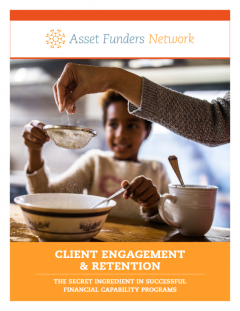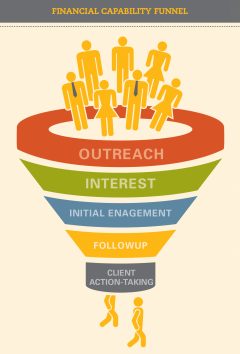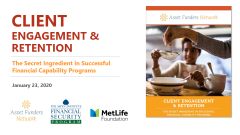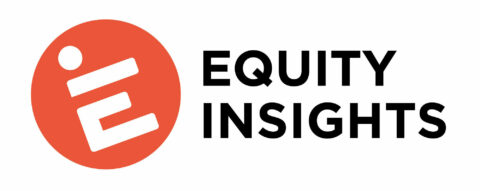Client Engagement and Retention—The Secret Ingredient in Successful Financial Capability Programs
Grantmakers and practitioners alike recognize the importance of financial security for individuals and families, and many organizations therefore offer financial capability programs aimed at strengthening the financial well-being of the people they serve. But good financial capability programs are often high-touch and costly to provide for program administrators, and timeconsuming for clients to participate in. To benefit fully from such programs’ offerings, clients must actively participate in the program’s coaching, counseling, or other sessions, and engage in related activities to boost their financial health.
Thus, understanding what drives client engagement is critical to helping programs improve program retention and outcomes, and concurrently, helps funders maximize the value of philanthropic dollars and customers’ time. Grantmakers concerned about best practices for funding effective financial capability efforts must therefore understand the vital role of client retention and the strategies for supporting the nonprofit sector to address this challenge.
Read the new brief to learn more. EXCERPTS BELOW
***
AFN presented a webinar on January 21, 2020 with the brief author to discuss the two critical, yet rarely discussed, elements of effective financial capability programs: client engagement and retention. The webinar addressed the importance of client retention and engagement, explored why clients may not engage with a given program, described strategies to boost client retention and engagement, and offered strategies that grantmakers can use to support client engagement and retention in financial capability programs.
Speakers included Sheida Elmi, Aspen Institute Financial Security Program; Evelyn Stark, MetLife Foundation; Danny Friel, LIFT, and was moderated by Karen Murrell, Asset Funders Network.
SEE ALSO:
Consumer Engagement: Helping People Want What they Need
EXCERPTS FROM THE BRIEF
WHY CLIENT RETENTION AND ENGAGEMENT MATTER FOR PROGRAM SUCCESS
Financial capability programs are designed to support consumers over time through multiple points of contact and through support for the consumer’s own actions to improve financial well-being.
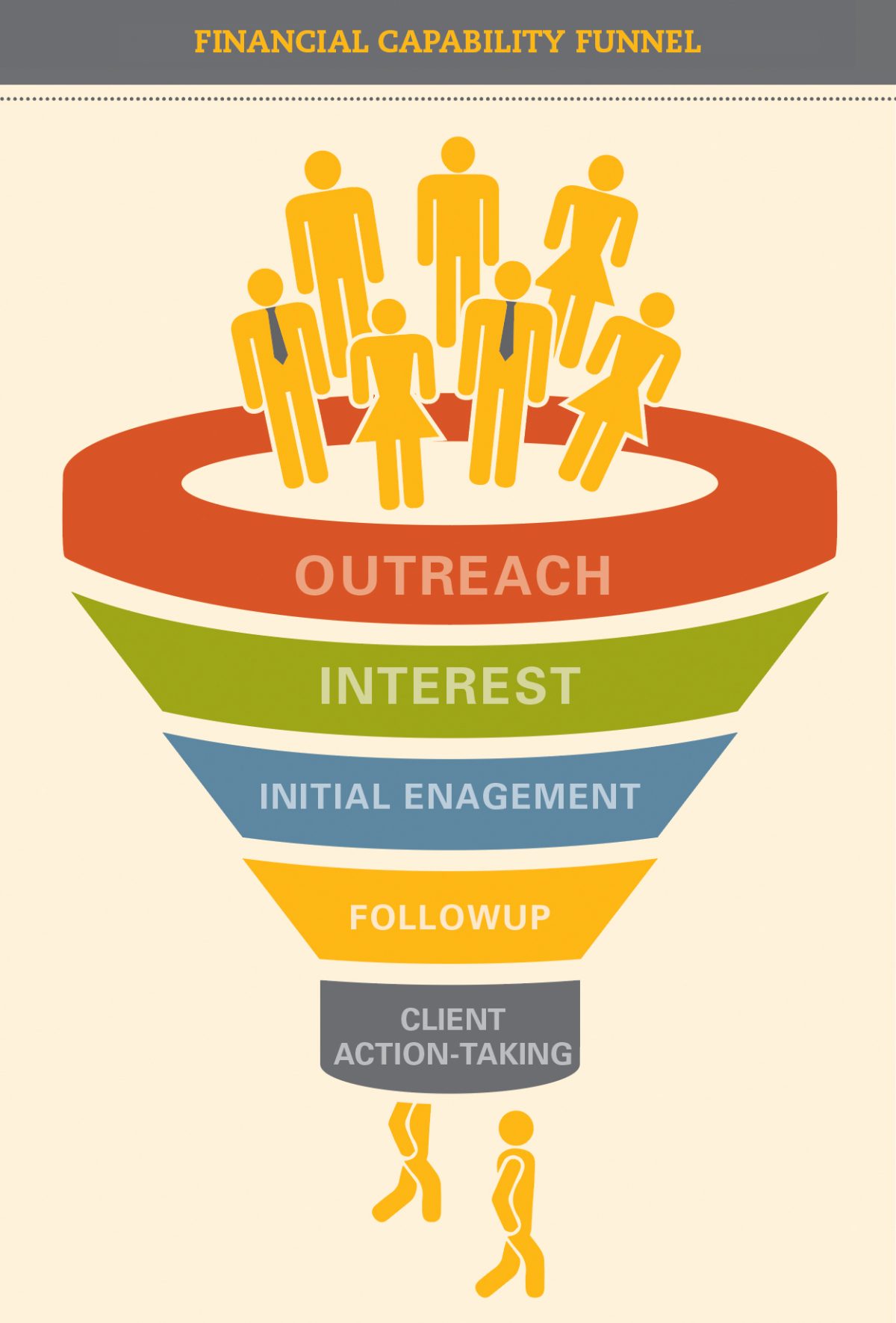
This need for long-term engagement underscores
why improving client retention and engagement
is critical to supporting better program outcomes.
Furthermore, the reality is that good financial capability
programs are often high-touch and costly to provide
for program administrators, and time-consuming
for clients to participate in. Understanding what
drives client engagement is crucial to helping programs
improve program success and, concurrently,
helps funders maximize philanthropic dollars and
customers’ time.
STRATEGIES TO BOOST CLIENT RETENTION AND ENGAGEMENT
This brief highlights—and provides further details on—three broad strategies that can be employed to help programs counteract the potential obstacles to client retention and engagement:
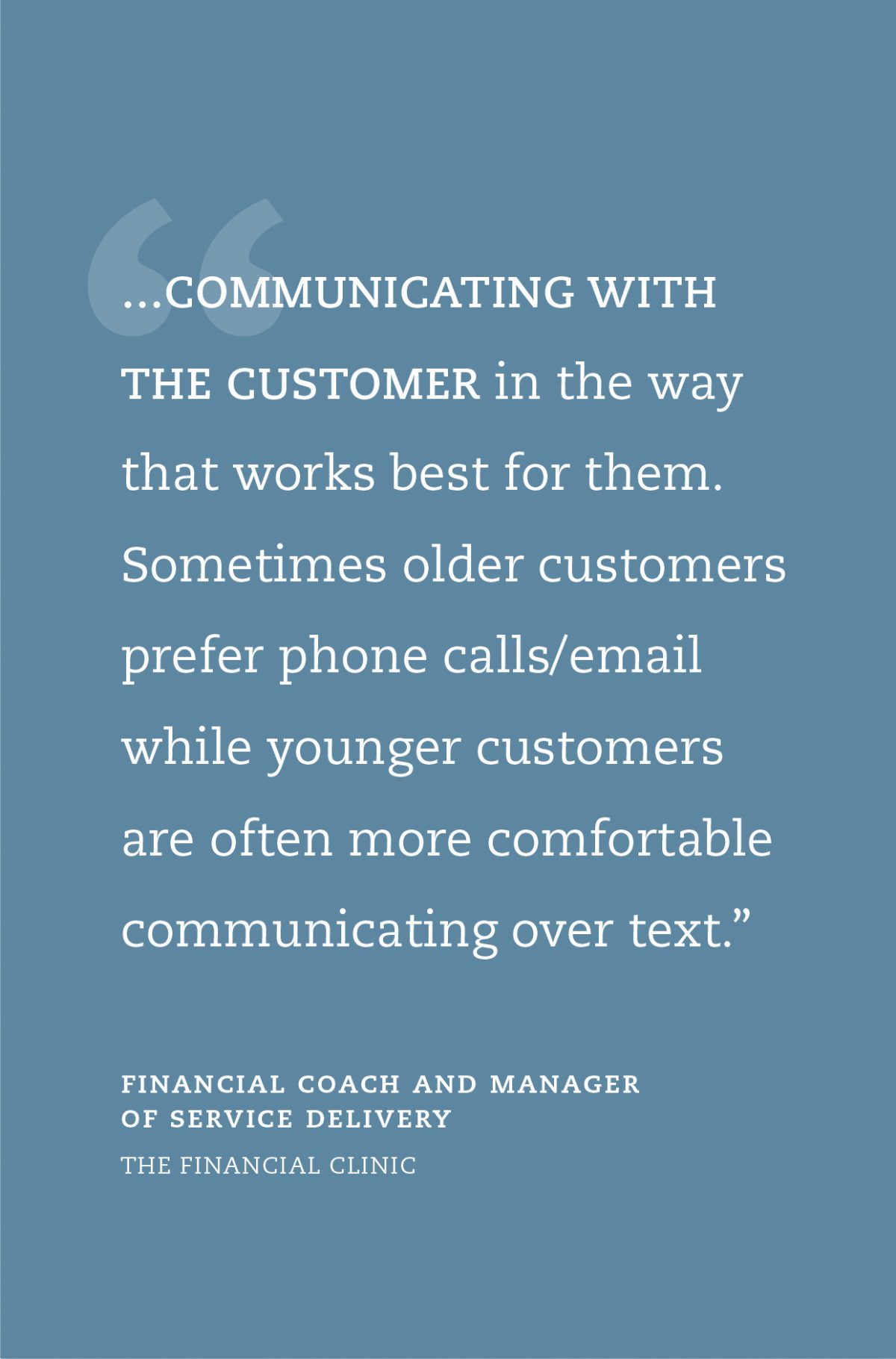 1 ) RECRUIT FOR FIT
1 ) RECRUIT FOR FIT
Elements of this strategy include recruiting for client fit,
having strong partnerships within the community to help
identify potential clients, engaging clients to help with
recruitment, and being prepared to make effective referrals
if the client’s needs are not likely to be met by the
program.
2 ) MEASURE CLIENT SATISFACTION (AND TAKE STEPS TO BOOST IT)
Organizations can work to improve program retention by
collecting and responding to client feedback, and then
making program changes based on the learnings. This approach
demonstrates to clients that their input is valued,
as it can help adjust and shape the future program design.
3 ) APPLY BEHAVIORAL DESIGN PRINCIPLES
Existing literature demonstrates the way that good
program design can boost client follow-through and program
outcomes. This final strategy details several ways
that programs can promote client engagement through
decisions related to early program experience, program
design, and program communication with clients.
WHY CLIENTS MAY NOT ENGAGE WITH PROGRAMS
Despite a growing body of research and evidence demonstrating the value of financial capability programs as a strategy to boost client financial well-being, there can be a number of reasons why clients do not ultimately engage with a program, including:
- The program may not be a good fit for the needs of a particular client. Lack of engagement may be the result of a mismatch between the particular needs of a given client and the services the program is set up to provide. In this case, a warm handoff to a different program better suited to the client’s immediate needs may be the best outcome.
- Clients may find the program delivery unsatisfactory. Whether or not a client believes that a program is working for them—for example, that the services are providing value for them, and the organization is taking their feedback seriously—is a strong indicator of whether a client is likely to return for more program sessions.
- The program may be designed in a way that makes engagement difficult or unwieldy for clients. Given competing demands on their time, it can be difficult for clients to follow up or take multiple actions in order to move forward in a program. Programs are sometimes designed in ways that add additional, unnecessary, friction that makes it difficult for potential clients to participate or stay involved.
RECOMMENDATIONS FOR PHILANTHROPY
The brief concludes with four strategies, including discussion questions and additional resources for each, that funders can use to support client engagement and retention in financial capability programs.
